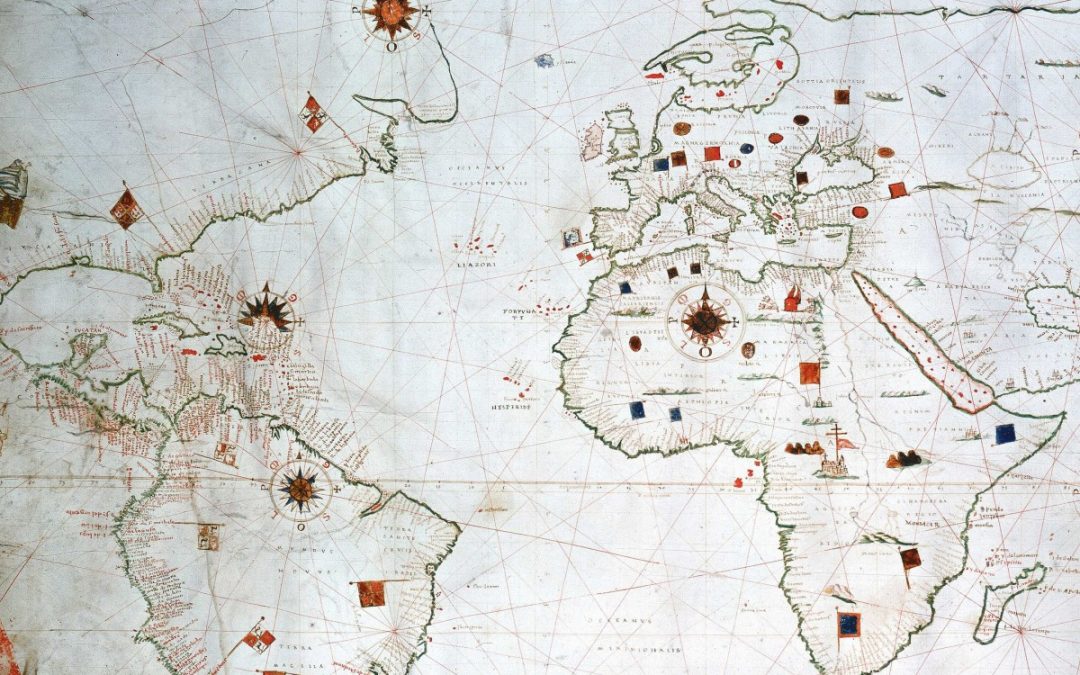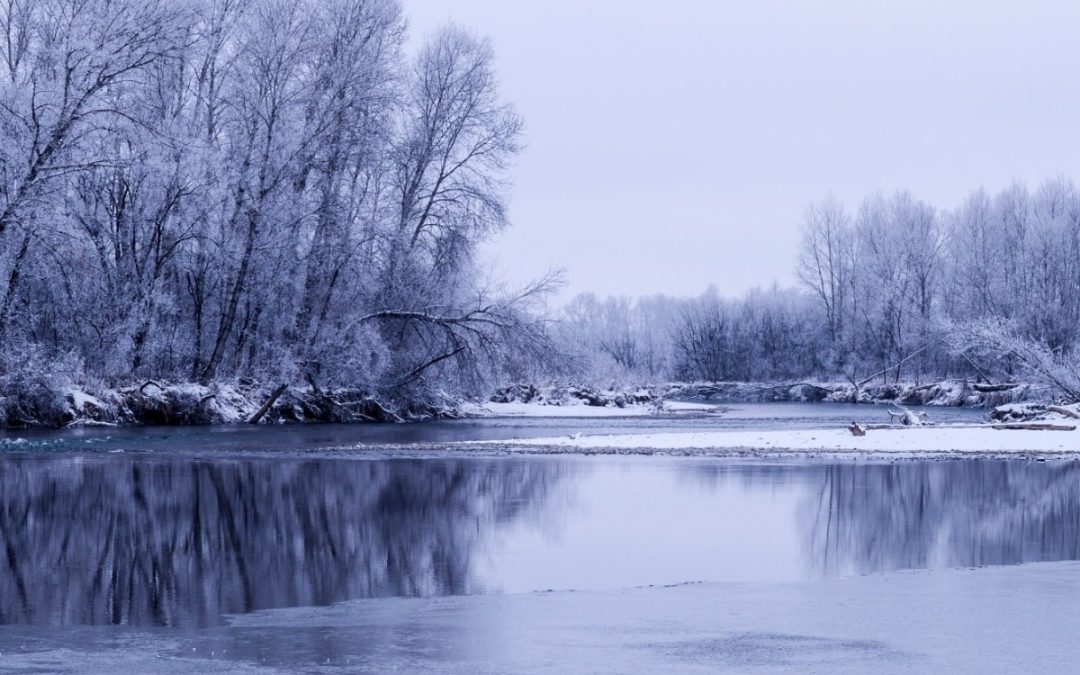
Book review: A Cold Welcome
not even cold comfort…
Book review:
A Cold Welcome:
The Little Ice Age
and Europe’s Encounter
with North America
by Sam White
Cambridge: Harvard University Press, 2017
361 pages
Welcome this one: it’s a new take on the colonial history of America.
White’s focus is on the repeated attempts and mostly repeated failures of the Spanish, French, and English governments and rich entrepreneurs to establish survivable colonies on the North American continent up to and through the 16th century.
There’s a new bad guy in the story: cold weather, aka the Little Ice Age.
It’s A Cold Welcome, indeed.
Conventionally, the Little Ice Age is a well-researched period of global cooling that ended about 1850, and began as early as the 14th century, and no later than the 16th century.
European explorers and colonists believed, and were encouraged to believe, that they could expect European, even Mediterranean temperatures and weather in the so-called New World.
They were disastrously wrong time after time. Sam White proposes that Indian resistance, bad luck, poor planning, and freak bad weather were not the only reasons that so many colonial enterprises failed before 1600.
A Cold Welcome explains that there is ample modern scientific evidence, and persistent references in the primary source texts, to verify that the inhospitable cold weather killed crops, animals, and the colonists themselves. In 1541 a Spanish adventurer in what is now Arkansas recorded: “There were such great snows and cold weather that we thought we were dead men.”
The killing cold devastated the indigenous Americans, as well.
There was no place to get in out of the cold.
* * * * *
Book review. Copyright © Richard Carl Subber 2018 All rights reserved.
Seeing far: Selected poems with 47 free verse and haiku poems,
and the rest of my poetry books are for sale on Amazon (paperback and Kindle)
and free in Kindle Unlimited, search Amazon for “Richard Carl Subber”
Book review: Waterloo
The slightly Hollywood bravery
of Richard Sharpe,
the butcher’s work done at the battle…
by Bernard Cornwell
* * * * * *
